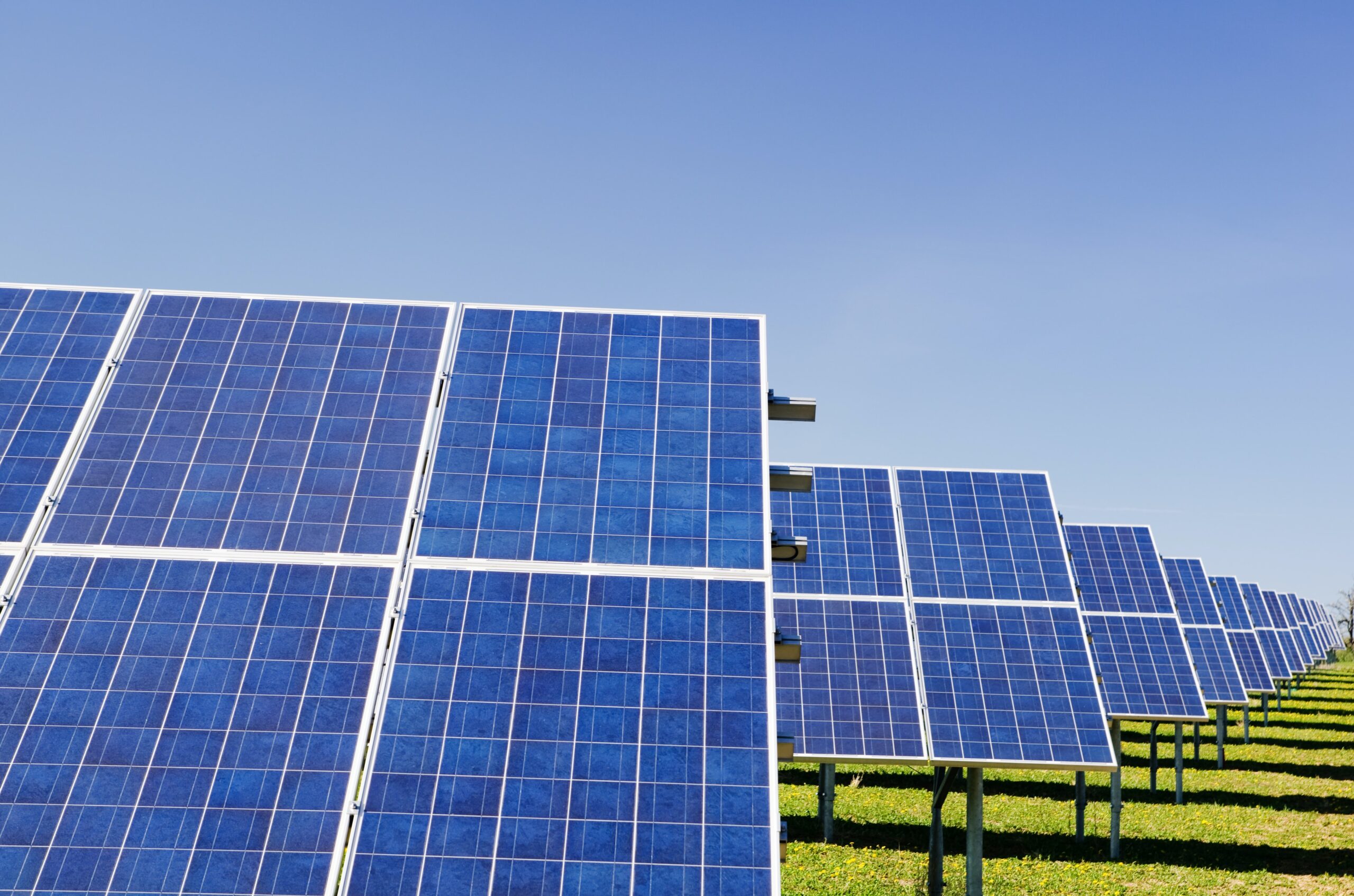There are good reasons to think of Australia as being at the coalface of the climate crisis, but also at the heart of its solutions.
For one thing its coal industry plays an outsized role in the economy, employing 46,000 people and generating over 50% of electricity. The country is also dealing with the impacts of its addiction to such fossil fuels.
Australia’s climate has, on average, increased by over 1.47C since records began in 1910, and extreme weather events – wildfires, flooding and drought – have all increased in recent decades.
On the positive side there are reasons to believe Australia could become a leader in the transition to a net-zero economy. As a large island nation blessed with an abundance of sunshine and open land there are ample opportunities to build renewable power.
In this regard the government has a mixed climate record with successive administrations going out of their way to favour the fossil fuel industry and undermine clean energy. Nevertheless, 35% of Australia’s electricity came from renewable sources last year, and multiple large-scale wind and solar power plants are under construction.
Increasing efficiency
Energy efficiency is one example of an area which needs attention with a recent government assessment concluding that “Australian homes are largely inefficient”. Funding to the tune of AUS$1.3bn is at least now being made available for upgrades.
The reason is that a new administration, led by Prime Minister Anthony Albanese, has signalled a change in government policy with net-zero back on the agenda.
Speaking to the BBC after his election victory last year Mr. Albanese pledged to “end the climate wars in Australia” and that “Australian businesses know that good action on climate change is good for jobs and good for our economy, and I want to join the global effort.”
Charting a way to net zero can be difficult even with consistent policymaking and high levels of investment. This is because our highly sophisticated economies are highly dependent on burning carbon.
Electricity generation, heating and transport are the three biggest contributors to any country’s overall greenhouse gas emissions. The most viable carbon-free solutions in these sectors are based on tapping into the vast energy efficiency potential and using more clean electricity to power heat pumps and electric vehicles.
But how to manage that transition is not always straightforward. As we build out these technologies there is much hand wringing around where all the extra electricity will come from.
New technology
The answer need not seem so complicated. Signify is the largest lighting company in Australia and an innovator in energy efficiency lighting.
The company’s own analysis has found that roughly 50% of all light-points in Australia consist of old technology (“tubes and bulbs”) and that switching to connected LED lighting could have a major financial and carbon impact in the country.
If all light points were shifted to connected LEDs it could save AUS$8.1 billion (US$5.3 billion) each year, and save an estimated 7.9 million tonnes of carbon dioxide. This is the equivalent of flying 76 million passengers from Melbourne to Sydney.
But more than this, modern LED lighting frees up electricity to be used to power other parts of the economy. Further analysis from Signify estimates that if the technology was used everywhere in Australia it could power 3.8 million heat pumps, 4.4 million electric vehicles, or 5.2 million electric cooking units each year.
Harry Verhaar, Signify’s head of global public & government affairs, commented: “Australia is a sleeping giant in the fight against climate change. The country is sitting under a green goldmine and should be showing other countries the way forward. Combining new energy efficient technology with plentiful renewable resources could supercharge the economy to a net-zero electric future. There is little time to waste and everything to gain from making this transition now.”
Climate change has become ever present in recent years with Australia’s major towns and cities battered by constant flooding and engulfed by wildfires. A big part of the solution is to address the way people use and waste energy across the entire economy.
Small but effective steps to save energy through new technologies will not only free up electricity to be used elsewhere, but dramatically curb the emissions which are fuelling extreme weather events.
This post was sponsored by Signify. See our editorial guidelines for what this means.
